Vietnamese Hair vs Indian Hair: Key Differences
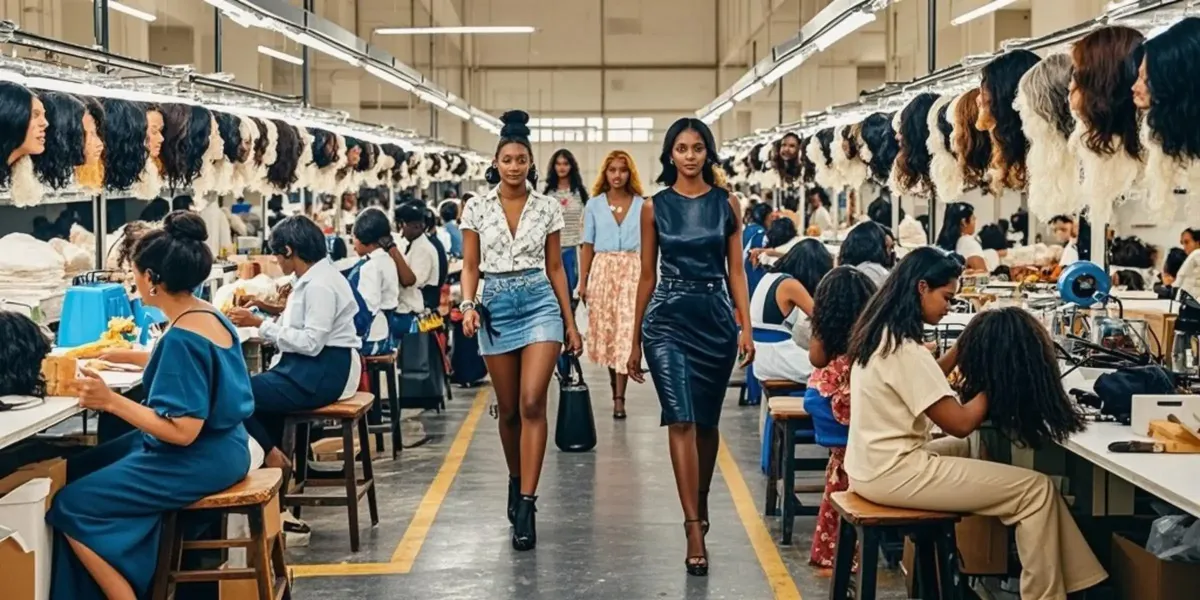
In the dynamic landscape of the black hair extension and wig industry, understanding the distinct qualities of hair types like Vietnamese and Indian hair is essential for staying competitive. This blog post will explore the key differences between these two popular hair types, offering data-driven insights, current industry trends, and actionable tips tailored for wholesalers, retailers, and hairstylists. Whether you’re sourcing Vietnamese hair extensions or Indian hair wigs, this guide will help you navigate the market and meet the diverse needs of your customers.
Characteristics of Vietnamese Hair
Vietnamese hair is celebrated for its straight, silky texture and natural shine, making it a top choice for premium hair extensions and wigs. Sourced primarily from women in rural Vietnamese villages, this hair benefits from traditional care practices, such as washing with rice water, locust, and herbal concoctions. These natural methods contribute to its exceptional strength, durability, and resistance to tangling, positioning Vietnamese hair as a low-maintenance option for sleek, polished styles.
Texture: Naturally straight and smooth, ideal for minimalist, elegant looks.
Quality: High durability due to healthy, unprocessed strands.
Styling Versatility: Easily dyed, bleached, or curled while retaining its luster.
Vietnamese hair’s rise in popularity stems from its pristine quality, often sourced from highland regions where environmental factors like sunlight have minimal impact. This makes it a favorite among businesses aiming to offer long-lasting, high-quality products in the black hair market.
Characteristics of Indian Hair
Indian hair, by contrast, is prized for its natural wave, volume, and ethical sourcing. A significant portion comes from temple donations, where women shave their heads as a religious offering, and the hair is sold to support temple initiatives. This sustainable practice enhances its appeal, especially for ethically-minded consumers. Indian hair tends to be thicker and coarser than Vietnamese hair, with a wavy texture that lends itself to voluminous, bouncy styles.
Texture: Naturally wavy and thick, perfect for bold, full-bodied looks.
Quality: High value, especially Remy hair, where cuticles remain intact for a natural finish.
Styling Versatility: Best suited for voluminous styles, though less adaptable to extreme processing.
Indian hair, particularly Remy, has long been a cornerstone of the global hair industry, with India serving as a leading supplier to markets like the U.S. Its ethical narrative and versatility make it a staple for black hair trends.
Key Differences
While both Vietnamese and Indian hair hold strong positions in the black hair extension and wig market, their differences are significant:
Texture: Vietnamese hair is straight and silky, while Indian hair offers a wavy, thicker profile.
Quality: Vietnamese hair excels in durability and tangle resistance, whereas Indian hair shines with its volume and ethical sourcing.
Styling Versatility: Vietnamese hair adapts easily to various styles without losing shine, while Indian hair thrives in voluminous designs.
Market Demand: Vietnamese hair is surging in demand for its quality and versatility, while Indian hair maintains a loyal following due to its historical prominence and ethical appeal.
Data supports these distinctions: the U.S. Hair Extension Market, valued at $2.68 billion in 2025, is projected to reach $4.49 billion by 2032 (CAGR of 7.68%). Indian Remy hair remains a consumer favorite, but Vietnamese hair is gaining traction, particularly in North America.
Industry Trends
The black hair extension and wig industry is evolving rapidly, driven by several key trends:
Clean Beauty Movement: Consumers are gravitating toward natural, unprocessed hair, boosting demand for both Vietnamese and Indian varieties. Transparency in sourcing is a competitive advantage.
Ethical Sourcing: Indian hair’s temple donation model aligns with growing ethical concerns, while Vietnamese hair’s natural care origins appeal to sustainability-focused buyers.
Customization: The rise of personalized hair solutions, like 3D-printed wigs and digital color-matching tools, caters to younger generations seeking unique styles.
Market Growth: The global human hair extension market, worth $4.88 billion in 2024, is expected to hit $10.78 billion by 2032, with Vietnamese and Indian hair playing pivotal roles.
These trends highlight the importance of adaptability and consumer education in maintaining relevance in the black hair market.
Actionable Tips
Here’s how professionals in the industry can leverage these insights:
For Wholesalers: Diversify your inventory with both Vietnamese hair extensions and Indian hair wigs to address varied customer preferences—sleek styles versus voluminous looks.
For Retailers: Educate your clientele on the benefits of each hair type. Highlight Vietnamese hair’s durability for everyday wear and Indian hair’s ethical story for conscious buyers.
For Hairstylists: Experiment with both hair types to master their properties. Recommend Vietnamese hair for clients wanting low-maintenance elegance and Indian hair for those craving texture and volume.
Key Takeaways
Vietnamese Hair: Offers a straight, silky texture and unmatched durability, perfect for sleek, easy-care styles.
Indian Hair: Delivers natural wave, volume, and an ethical sourcing story, ideal for bold, sustainable looks.
Business Advantage: Understanding these differences empowers wholesalers, retailers, and hairstylists to meet diverse demands and thrive in the competitive black hair extension and wig market.
By aligning your strategies with these insights and trends, you can position your business at the forefront of the black hair industry, catering to evolving consumer needs with confidence and expertise.

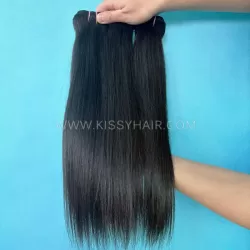
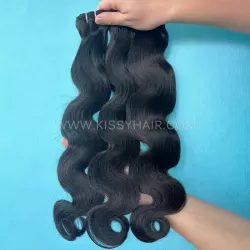
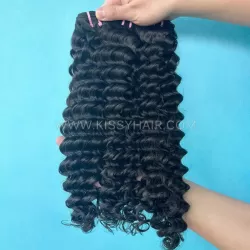
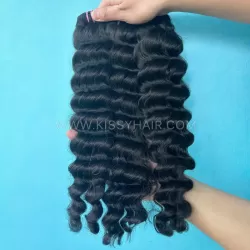
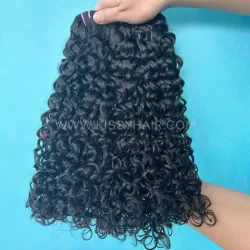
Leave a Comment